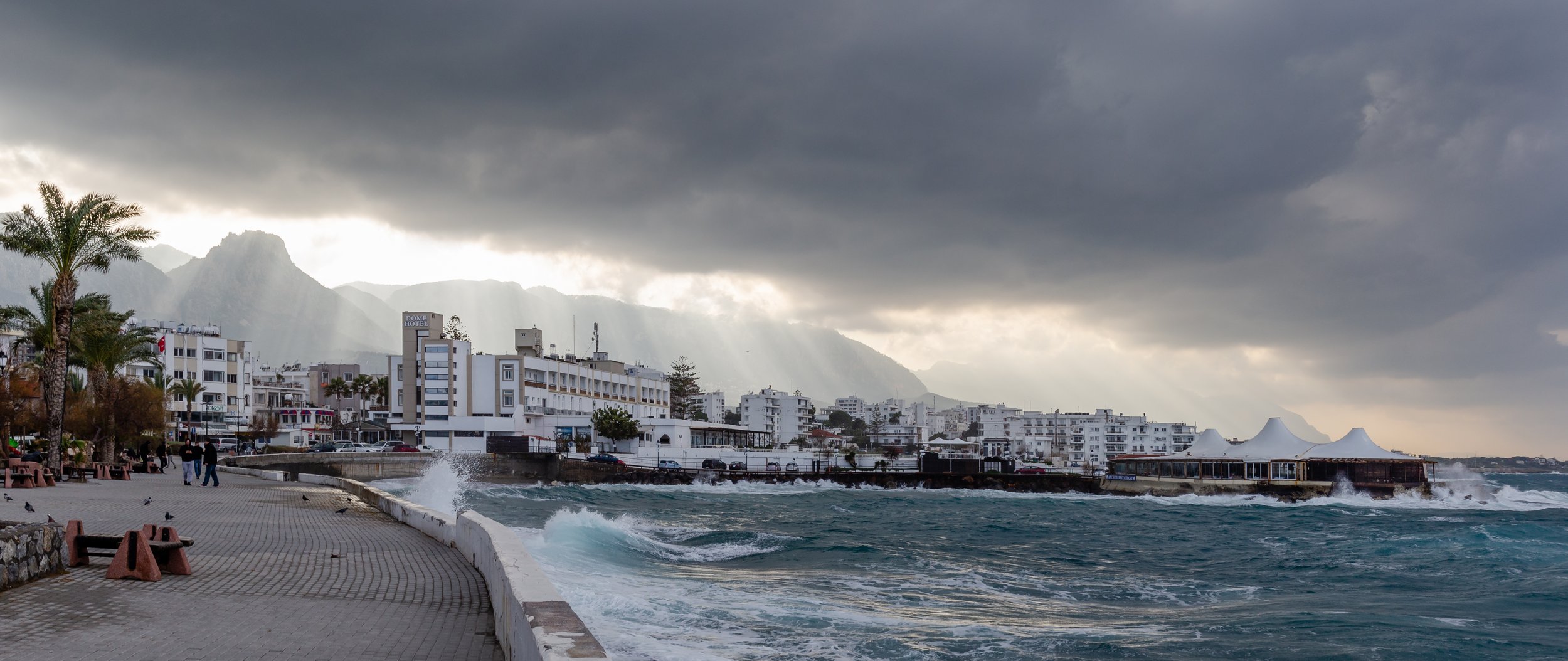
Island of Cyprus
All coverage on the island was taken with a Generation 4 “smallcam”, which is mounted lower than regular Generation 4 and has a relatively big circular blur with a small protrusion at the front. The blur can also be fully transparent, with a short antenna sometimes visible on the back.
NOTE: Greece also has a significant amount of smallcam coverage.
Poles commonly have one of two poletops. The first consists of a crossbar with three insulators on top and the second consists of five insulators attached directly to the side of the pole.
NOTE: Both of these are also commonly found in Greece.










